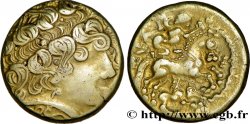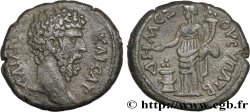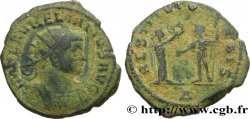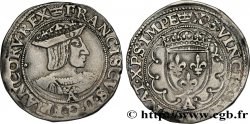Live auction - brm_362028 - ZENO and LEO II CAESAR Solidus
You must signin and be an approved bidder to bid, LOGIN TO BID. Accounts are subject to approval and the approval process takes place within 48 hours. Do not wait until the day a sale closes to register. Clicking on "BID" constitutes acceptance of the terms of use of cgb.fr private live auctions.
Bids must be placed in whole Euro amounts only. The sale will start closing at the time stated on the item description; any bids received at the site after the closing time will not be executed. Transmission times may vary and bids could be rejected if you wait until the last second. For further information check the Live auction FAQ
All winning bids are subject to a 18% buyer’s fee.
All winning bids are subject to a 18% buyer’s fee.
| Estimate : | 2 500 € |
| Price : | 1 500 € |
| Maximum bid : | 1 500 € |
| End of the sale : | 29 September 2015 15:19:17 |
| bidders : | 1 bidder |
Type : Solidus
Date: 9 février - 17 novembre
Date: 474
Mint name / Town : Constantinople
Metal : gold
Diameter : 20,5 mm
Orientation dies : 6 h.
Weight : 4,48 g.
Rarity : R2
Coments on the condition:
Exemplaire sur un flan large et ovale bien centré des deux côtés. Beau buste. Revers tout à fait inhabituel. Jolie patine de collection ancienne
Catalogue references :
Predigree :
Cet exemplaire provient de la collection MG
Obverse
Obverse legend : D N LEO ET Z-ENO PP AVG.
Obverse description : Buste diadémé, drapé et cuirassé de Zénon à droite, vu de trois quarts en avant (A’a) ; diadème perlé.
Obverse translation : “Dominus Noster Leo et Zeno Perpetui Augusti”, (Nos seigneurs Léon et Zénon perpétuels augustes).
Reverse
Reverse legend : SALVS REI -*- PVBLICAE A/H// CONOB.
Reverse description : Léon II et Zénon assis à de face sur un trône, nimbés et drapés ; au milieu, une croix.
Reverse translation : “Dominus Noster Leo”, (Notre seigneur Léon).
Commentary
Ce type est de la plus grande rareté et semble beaucoup moins courant que ne le laissent supposer les ouvrages généraux. C’est la première fois que nous le proposons à la vente. G. Depeyrot ne recense qu’un exemplaire pour ce type, celui du musée du Vatican. Sur notre exemplaire, la lettre d’officine (A) semble regravée sur un H (huitième).







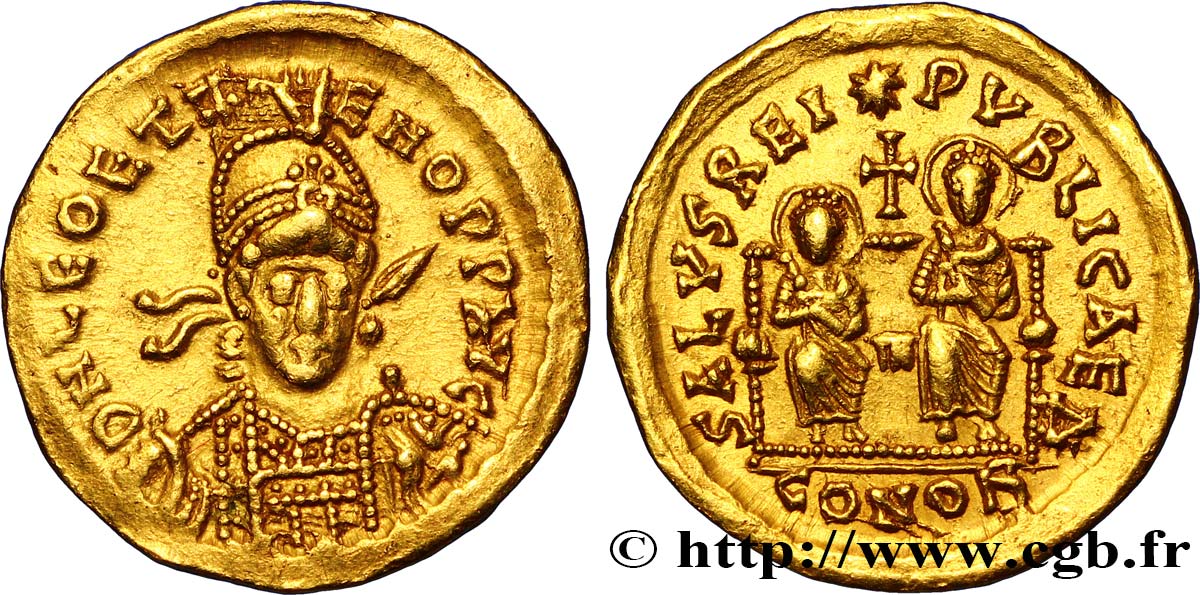
 Report a mistake
Report a mistake Print the page
Print the page Share my selection
Share my selection Ask a question
Ask a question Consign / sell
Consign / sell